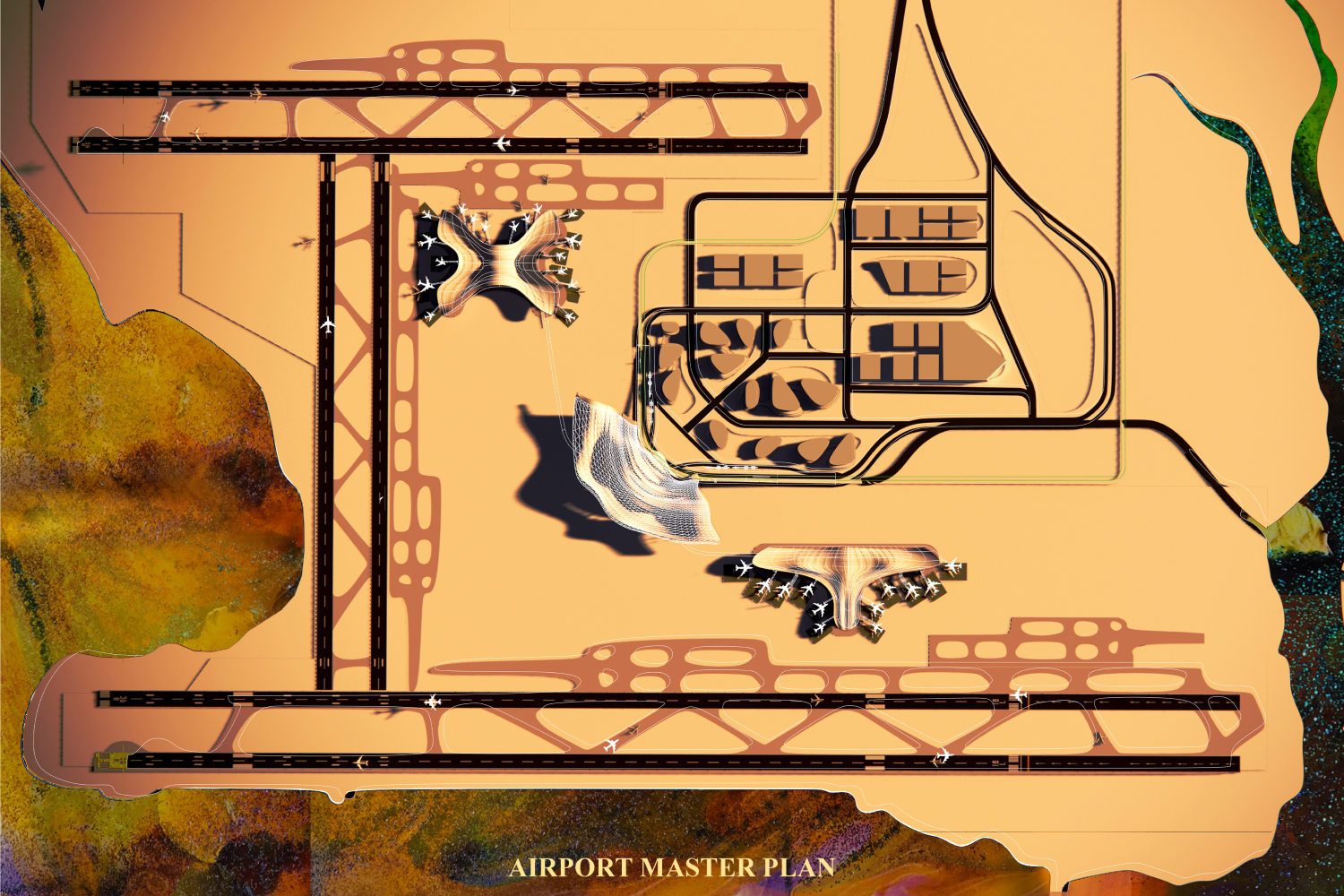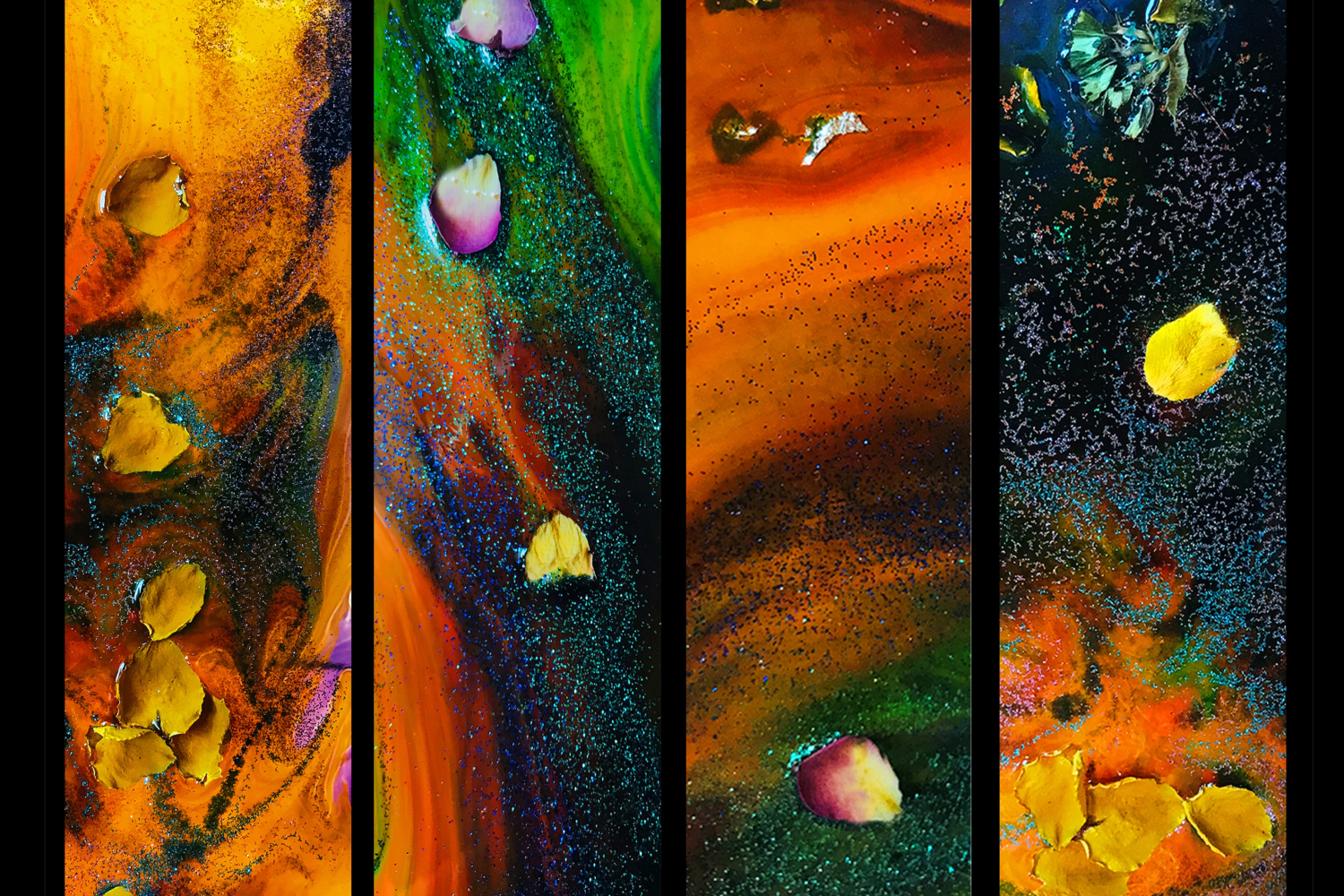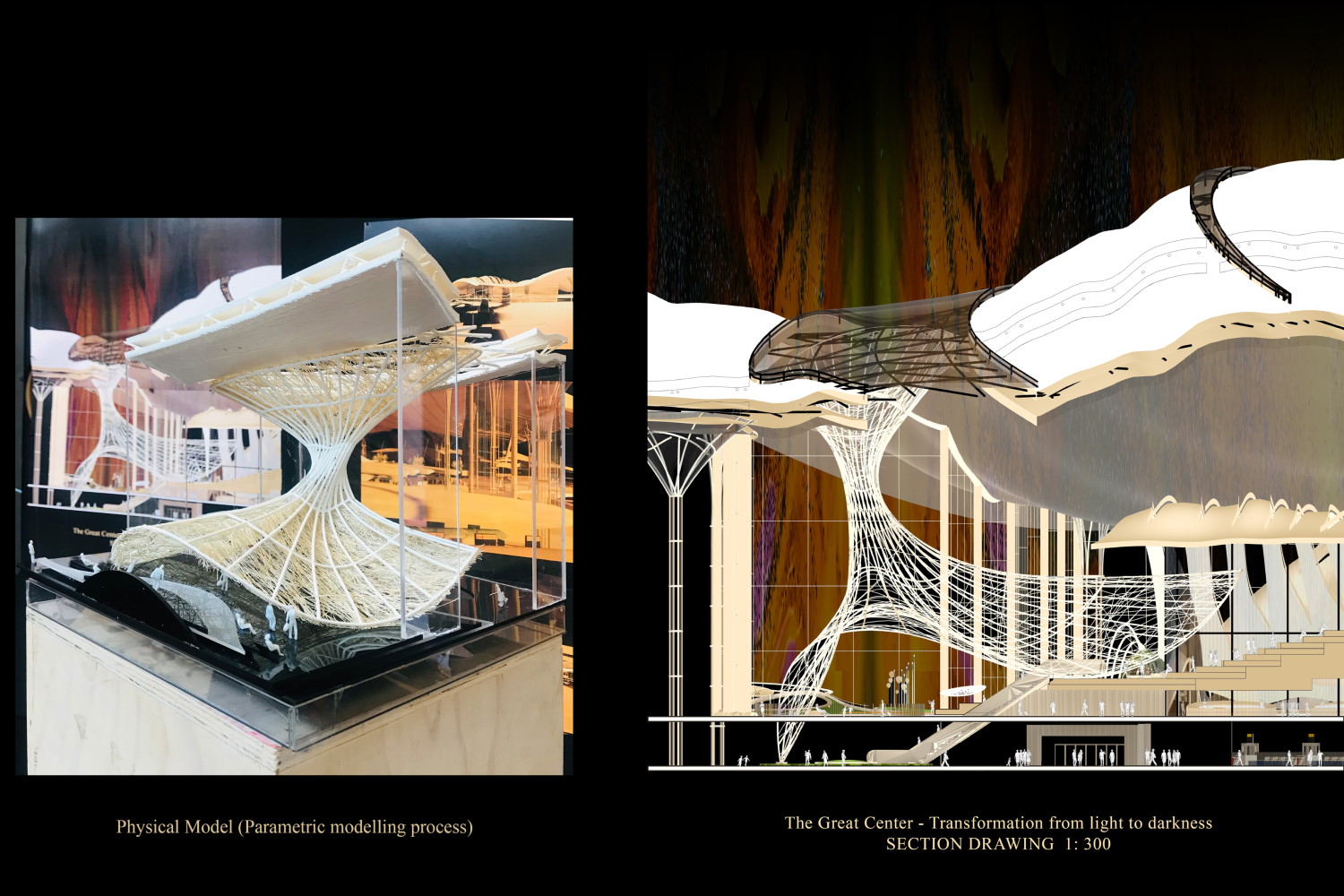This thesis project acts as a design-based research practice and approaches the airport terminal from pragmatic, conceptual, and visual perspectives. Drawing on the powerful landscape and skyscape of the Manukau, the great migrating flocks of birds or manu, and the origin stories of Te Ao Maori, and facilitated by contemporary digital techniques, the research and methodologies have led to the design of a new international and domestic airport terminal for Auckland.
As an architectural typology piece, airports have developed from ‘covered sheds’ to terminals with mature systematic layouts. In contrast to the past, when airports were primarily considered a means of transportation, airports have increasingly gained recognition as symbolic gateways to a country and a place of bountiful experience. Unfortunately, a lot of airports’ architectural design overlooks the significance of the environment and culture surrounding them.
By taking the design of a proposed new Auckland International Airport as the core, this project challenges the current situation and the future potential and influence of the airport as a gateway to the city. The project gained inspiration from in-depth research and artistic making, addressing ‘flow’ as an ideological concept and an inspiration for the later design composition. The overall process demonstrates new design methodologies of approaching airport design from pragmatic, conceptual, and visual perspectives, which ultimately connects design to deeper issues of place and cultural readings throughout its architecture.





